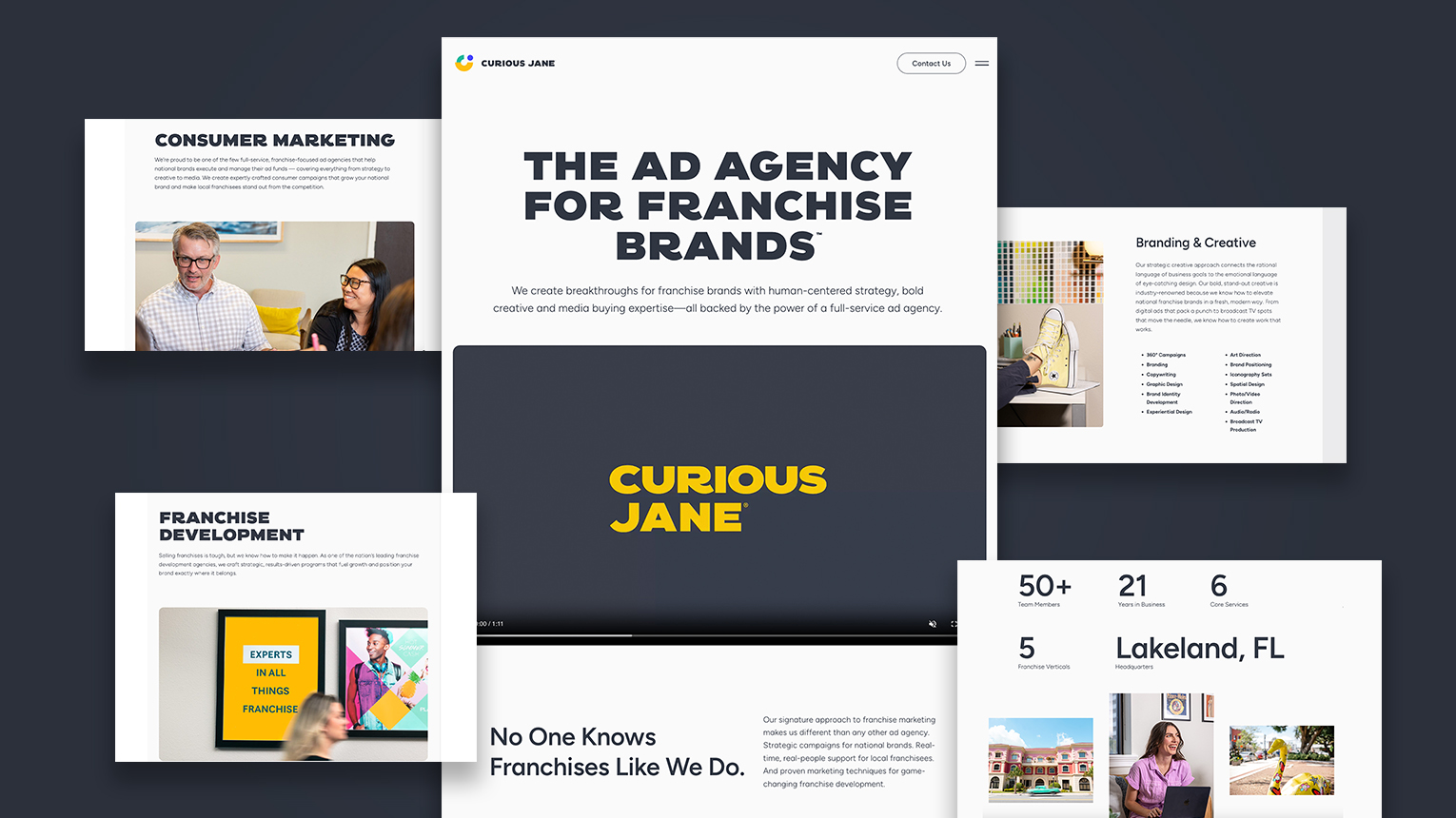Automated customer engagement through email marketing helps franchises build relationships – and revenue. In fact, a recent survey by Zippia, a job search company, found that 47% of companies saw an increase in customer retention when they started using a CRM, and 45% said it improved sales revenue. Another 39% found upselling and cross-selling improved.
SalesForce also sang the praises of CRM: “Companies that use marketing automation see a 14.5% increase in sales productivity and a 12.2% reduction in marketing overhead.” As you’ll see below, our franchise clients also find automated customer engagement especially rewarding.
How Do You Automate Customer Engagement?
Automation is all about workflows and triggers in email marketing. A workflow is a series of steps to complete a task; a trigger is something that causes a reaction. Both relate to personalization based on data, and work together. Triggers are based on data points acquired throughout the user journey. These triggers can be used to deploy an email. For instance, a trigger can be “data point equals enrolled or unenrolled.” Based on that trigger, a workflow can be created that sends an email once they enroll that welcomes them. If unenrolled, the workflow can trigger an email that incentivizes them to enroll.
So, what are the steps for automating your franchise’s customer engagement? It’s a very precise process that includes analyzing customer data, personalization, testing, re-evaluating and refining. When deploying a CRM like Marketing Cloud Account Engagement (Pardot), every aspect of all workflows is automated – from providing customer data and a rich, detailed picture of potential customer behavior, to responding to triggers.
We start with the data and take an in-depth look at who, what and where, to create customer profiles. Our creative team then writes personalized emails based on those profiles. We then track how customers interact with the email. Did it resonate with them? Did they click through? If they didn’t, we do an A/B test – perhaps a test of subject or preview lines, or swapping out the image – testing one variable at a time. While we look at the open rate, we’ve found that open rates are less reliable – especially since Apple now has strict privacy guidelines that enable iPhone users to opt out of tracking.
Improving the Customer Experience
Our job is to keep monitoring the data. We look at customer engagement over a period of time – a minimum of three months and preferably six months. We gauge what was opened and what the user clicked on, then serve up content that interested them based on that data.
For example, we understood our education franchise client’s email content was too lengthy for their audience. The click-through rate was very low. We found that parents were more interested in knowing how their child was doing in math or reading rather than emails about the company. As a result, we developed a strategy that included highly personalized, quarterly emails highlighting their child’s awards or accolades. This proved to be a huge success in terms of engagement, as parents wanted to see their child’s progress.
Automated customer engagement allows us to speak to franchise customers on a more personal level, creating emotional connections that resonate and inspire them to buy or enroll. It’s a win-win for everyone.







